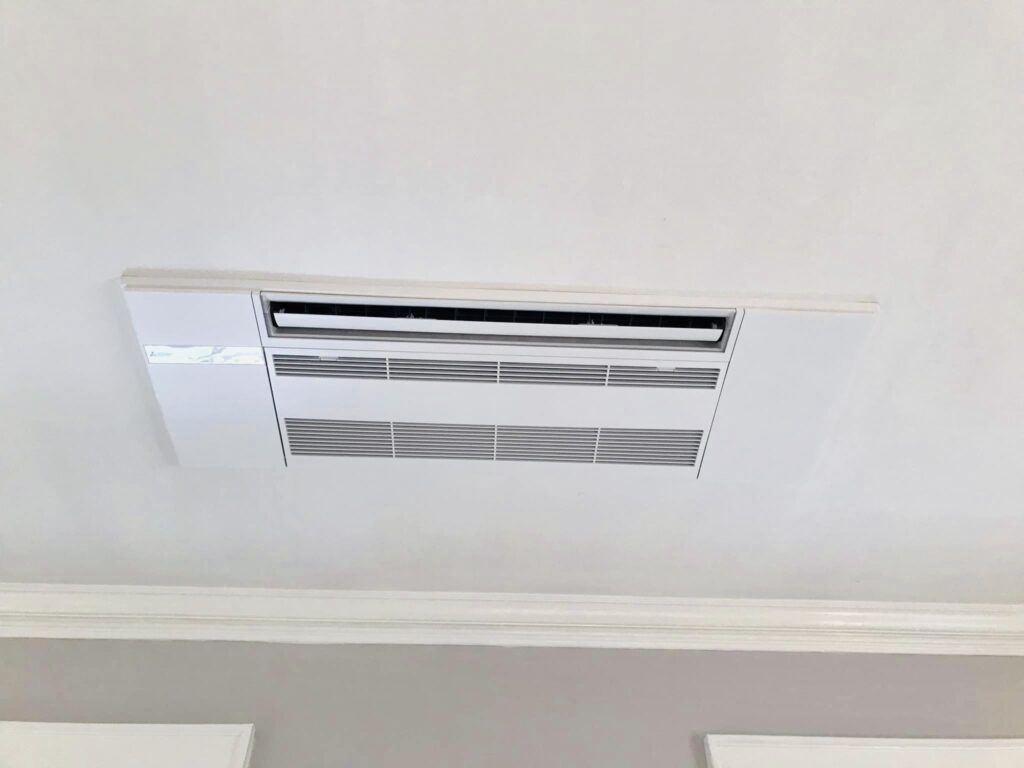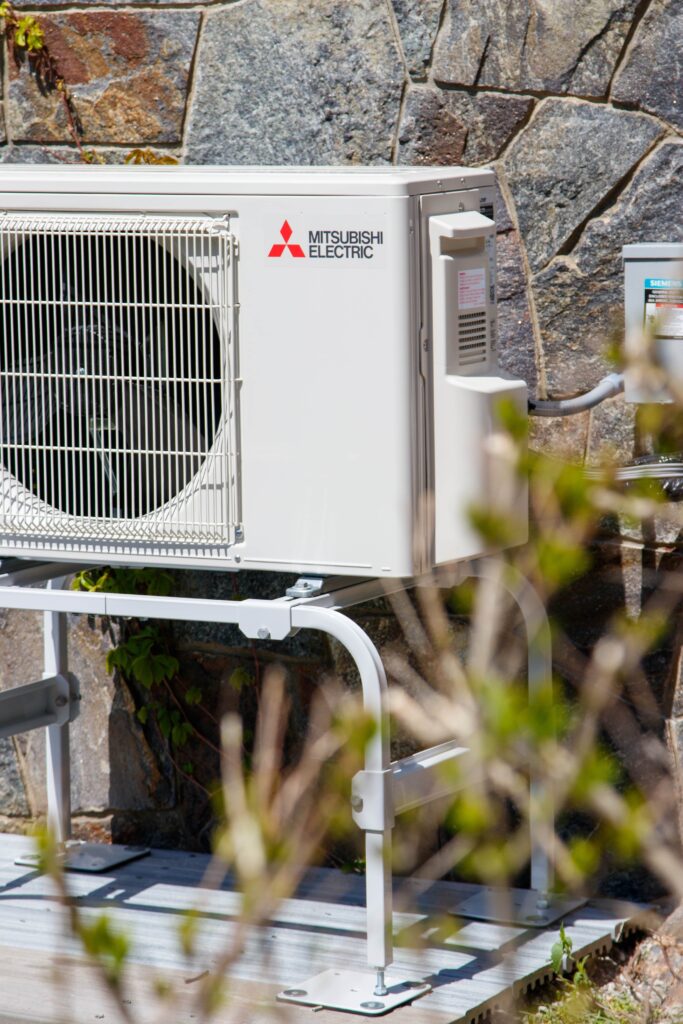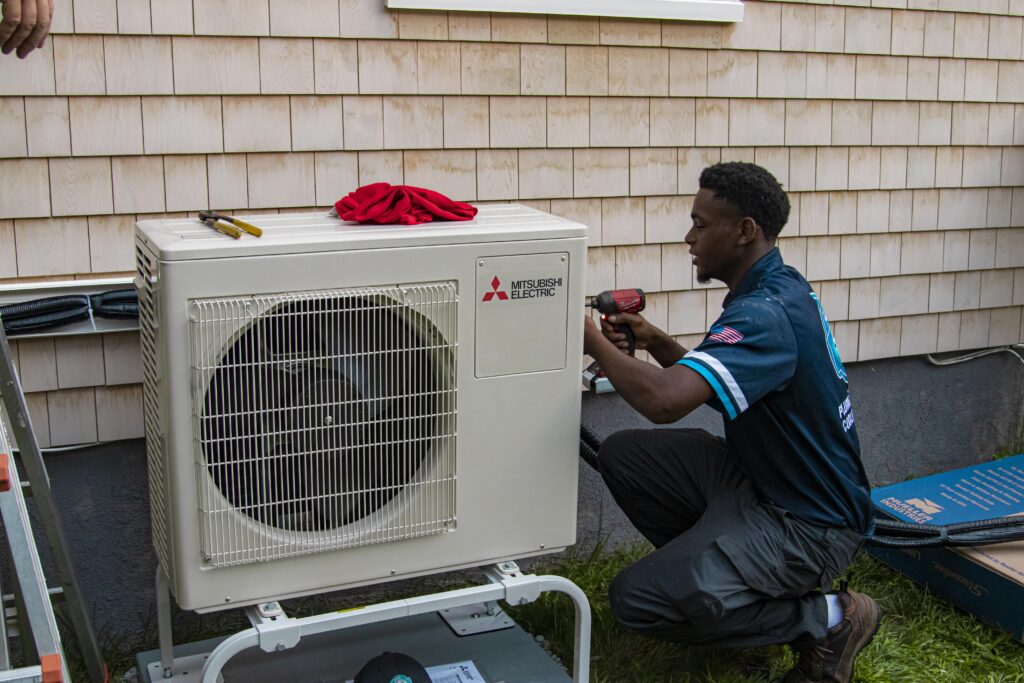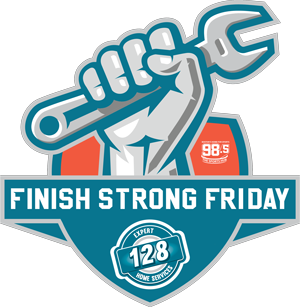
Air conditioning and heating systems are critical for comfort in modern homes and buildings. One of the most versatile and efficient options available today is the mini-split ceiling cassette. In this comprehensive guide, we’ll delve into the mechanics, advantages, and intricacies of this cutting-edge system.
What is a Mini-Split Ceiling Cassette?
A mini-split ceiling cassette is a type of ductless heating and cooling system. Unlike traditional HVAC systems that require extensive ductwork, this system is designed for spaces where ducts are impractical or undesirable.
Key Components
Outdoor Unit: This is the condenser, which expels heat from the inside of the building to the outside.
Indoor Cassette: Installed flush against the ceiling, this unit distributes air throughout the room.
Refrigerant Lines: Connect the indoor and outdoor units, carrying coolant between them.
Remote Control: For user-friendly operation, allowing temperature adjustments and mode switching.
How Does It Work?

The mini-split ceiling cassette operates on the principle of heat exchange. Let’s break it down step by step:
Cooling Mode:
- The indoor unit absorbs heat from the room.
- This heat is transferred to the refrigerant.
- The heated refrigerant moves to the outdoor unit.
- The outdoor unit expels the heat, and the cooled refrigerant returns indoors.
Heating Mode:
- The outdoor unit absorbs heat from the exterior environment, even in cold conditions.
- This heat is transferred to the refrigerant.
- The heated refrigerant moves indoors.
- The indoor cassette releases the heat into the room.
Advantages of Mini-Split Ceiling Cassettes
Space-saving and Aesthetic
Being ductless, they eliminate the need for bulky ductwork, saving space. Their sleek design ensures minimal intrusion into the room’s aesthetics.
Energy Efficiency
Without ducts, there’s less energy loss, translating to decreased energy bills.
Flexible Installation
Perfect for renovations, extensions, or areas where ductwork is challenging.
Precise Climate Control
Allows for zoning, ensuring each room or area gets the required cooling or heating.
Air conditioning systems have come a long way, with advanced options like ductless mini splits and heat pump ceiling cassettes offering excellent cooling efficiency and quiet operation. The ceiling suspended mini split is particularly popular for spaces where wall units might not be practical. It allows for even air distribution and better overall temperature control, especially when combined with a floor unit for ultimate comfort.
Installation and Maintenance
Installation
While DIY enthusiasts might be tempted, it’s recommended to hire professionals. They will:
- Determine the ideal location for both units.
- Ensure proper sealing of the refrigerant lines.
- Test the system post-installation.
Maintenance
Routine checks include:
- Cleaning or replacing filters.
- Checking refrigerant levels.
- Ensuring no obstructions around the outdoor unit.
128 Plumbing, Heating, Cooling, & Electric for Mini-Split Ceiling Cassette Installation

Incorporating a mini-split ceiling cassette into your home or office is an investment in comfort, energy efficiency, and space optimization. By understanding how it works, you can make informed decisions about its installation and maintenance, ensuring optimal performance for years to come. If you’re looking for a mini-split expert to install, maintain, or repair your mini-split ceiling cassette don’t hesitate to reach out to 128 Plumbing, Heating, Cooling, & Electric today by calling or texting 888-CALL-128, or by scheduling an appointment online!
Mini-Split Ceiling Cassette FAQs
Are mini-split ceiling cassettes good?
Yes, mini-split ceiling cassettes are good. They offer efficient energy use, design flexibility, easy installation, and zoned climate control, making them an excellent choice for modern homes and offices seeking efficient and customizable climate solutions.
What size is a mini-split ceiling cassette?
A typical mini-split ceiling cassette ranges in size from 12×12 inches to 36×36 inches, depending on the capacity and brand. However, the exact size may vary, and it’s essential to consult specific product specifications for accurate dimensions.
How do mini split ceiling cassettes work?
Mini-split ceiling cassettes work by using a ductless heat exchange system. The indoor unit, flush against the ceiling, absorbs or releases heat, transferring it via refrigerant lines to an outdoor unit. In cooling mode, heat from indoors is expelled outside. In heating mode, heat from outside is released indoors.
Where is the best place to put a mini-split ceiling cassette?
The best place to put a mini-split ceiling cassette is centrally within a room, ensuring unobstructed air distribution. It should be installed flush against the ceiling, away from direct sunlight or heat sources, and in a location that allows for easy maintenance access.
What’s the difference between a mini-split ceiling cassette and a wall mount mini-split?
The primary difference is placement: a mini-split ceiling cassette is installed flush with the ceiling, offering a discreet appearance and distributing air from a central point overhead. In contrast, a wall mount mini-split is mounted on a wall, typically closer to eye level, and distributes air laterally across the room. Both provide efficient heating and cooling but differ in aesthetics and room placement.




